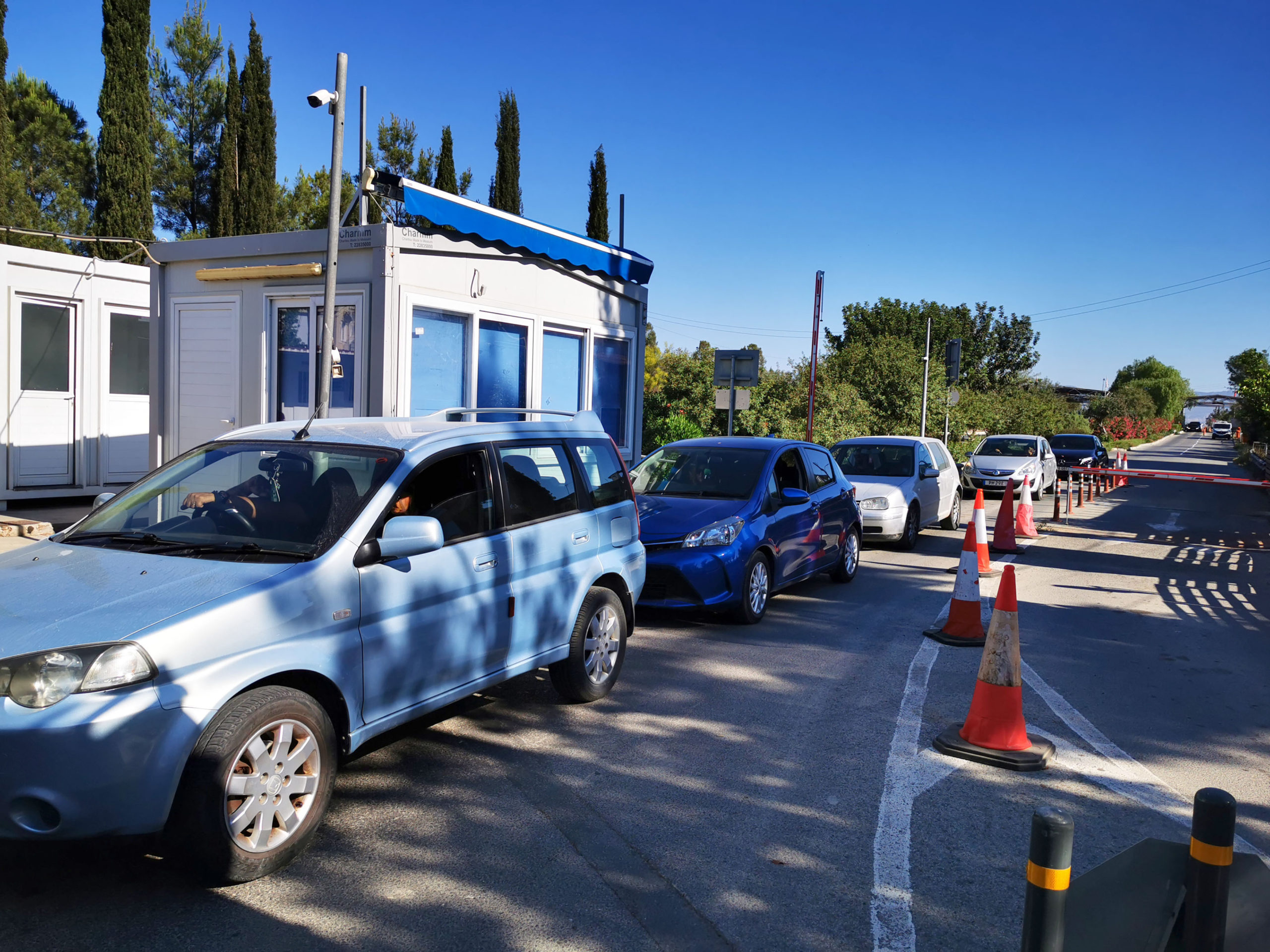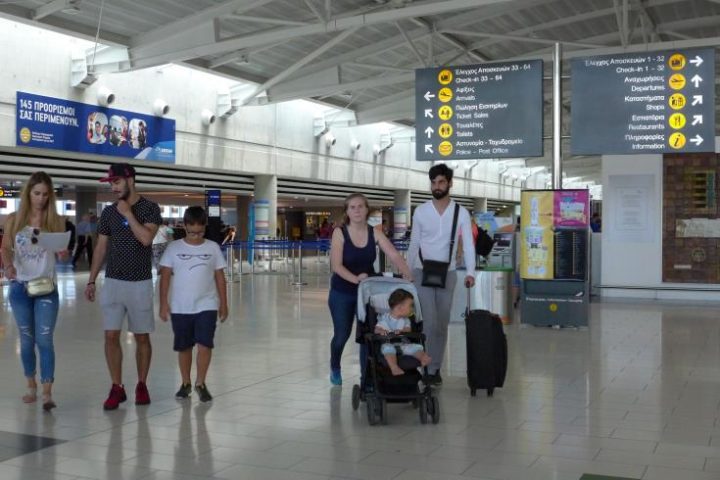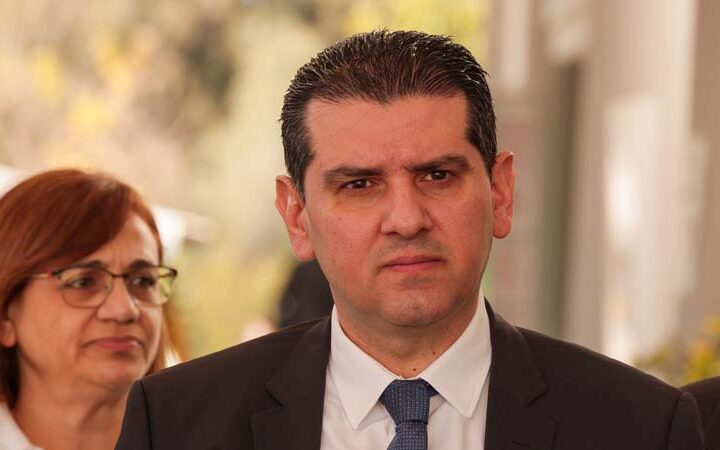More than 33,000 people have crisscrossed Cyprus’ ceasefire line since crossing points reopened for the first time in 15 months after the Covid landscape improved.
Thousands have crossed daily since the crossing points were opened up to free movement last Friday (4 June).
On Monday alone, Turkish Cypriot media said 9,000 people crossed from the divided island’s nine official crossing points – 4,670 ventured north, and 4,333 went south.
The busiest crossing was Nicosia’s Ayios Dhometios checkpoint which is open to vehicle traffic.
In the first four days of the reopening of the crossing, 33,400 people have crossed from one side to the other — 18,160 went to the Turkish occupied areas, and 15,244 journeyed into the Cyprus Republic.
Over the weekend, a total of 9,146 people crossed into the occupied north and 7,026 went in the opposite direction.
After intense consultations over several weeks between the two sides and the UN to facilitate free movement again, the breakthrough was achieved last week.
France and the United States welcomed the shutters coming up.
A bi-communal technical committee on health will assess the Covid situation on both sides of the UN-patrolled ceasefire line every 15 days to determine the appropriate risk with a colour-coded scheme.
Green will mean no restrictions; Orange, a 7-day negative Antigen or PCR test, is required with dark red signalling the crossings are closed to the general public.
The orange category currently applies, meaning a negative Covid test is needed to cross.
The UN said reopening all crossing points would “facilitate free movement, promote people to people contacts, build trust, and have an overall positive socio-economic impact across the island.”
All crossings were closed at the outset of the pandemic in March 2020; most stayed shut, like Nicosia’s iconic Ledra Street crossing.
Some restrictions were gradually lifted for certain groups at designated checkpoints, such as Turkish Cypriot students attending school in the Cyprus government-controlled south.
Under normal conditions, thousands cross the ceasefire line daily to work, study or seek medical treatment.
The Republic of Cyprus shut four of the nine crossings between the two sides in late February 2020 for the first time since they opened in 2003.
The remaining crossings were closed after the north reported its first case of coronavirus on 10 March 2020.










